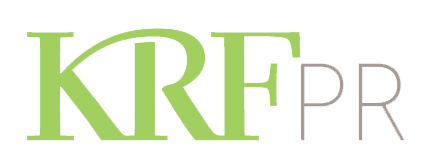Trust the Process – Including When You Communicate
Language and sayings fascinate me as a professional communicator. Call me crazy, but I enjoying learning the origin of phrases that begin in one context and then evolve for a variety of other uses. For example, I’m currently intrigued by the phrase “Trust the Process” for several reasons.
For one, I do love a good process, perhaps from spending two decades in a very processed focused corporate entity. For another, I’ve heard this phrase used in a variety of settings lately from trusting the weather forecast to comedians cracking jokes on Saturday Night Live. Plus, peeking behind the counter in a convenience store in Brown County got me thinking about communication process.
So here’s the phrase’s origin. This phrase was first uttered by Philadelphia 76ers guard Tony Wroten in 2015. This professional basketball player’s comment turned into his team’s mantra, initially meaning to intentionally lose games to secure higher draft picks to build a team for the long term. Interesting!
I prefer to use this phrase in the context of turning to process to avoid recreating the wheel. Communication is indeed a process – from identifying one’s audience to using feedback to gauge effectives of the message. The importance of storytelling is part of an effective communication process as well. The larger communication process can be broken down into process parts. For example, process can mean a crisp template you turn to time and again for a specific situation like employee announcements.
I couldn’t help but take a picture of the communication process at a rural convenience store I visited recently. From not mopping during lunch to turning off the fans at night, the processes have been communicated. Trust the process, if you will.
Having processes in place for key communication needs from routine announcements to crisis communication can save time and preserve consistency. I enjoy working with my clients to shape processes that fit their needs and organizational goals. It doesn’t have to be fancy - per this example of a communication process on a white board propped up in the corner!
What communication process should you lean into for 2025? Let me know if I can help.
